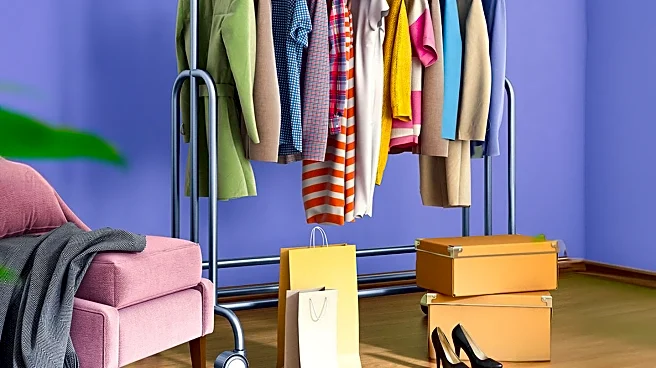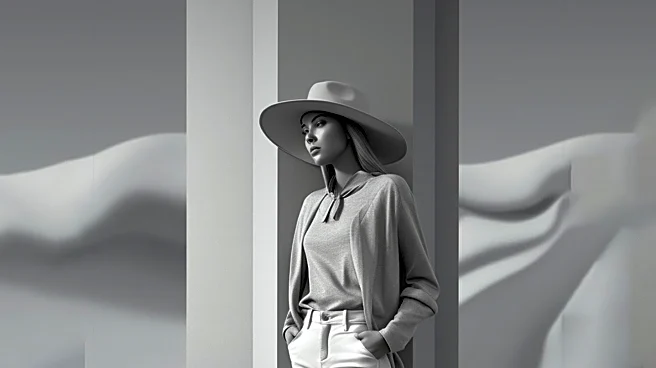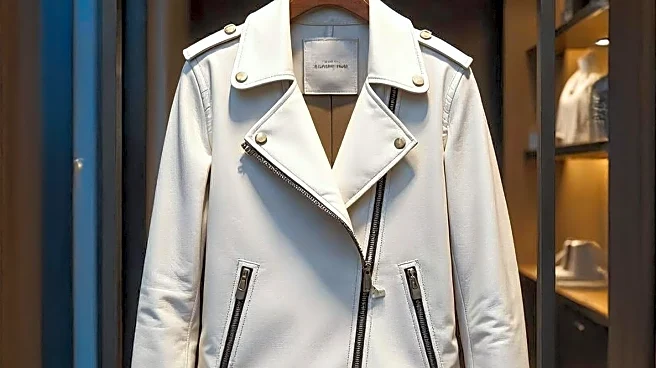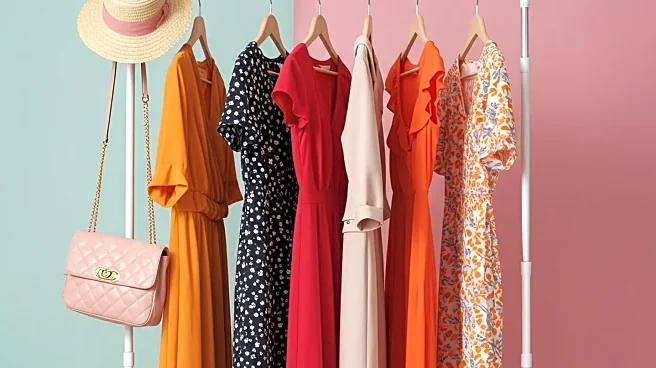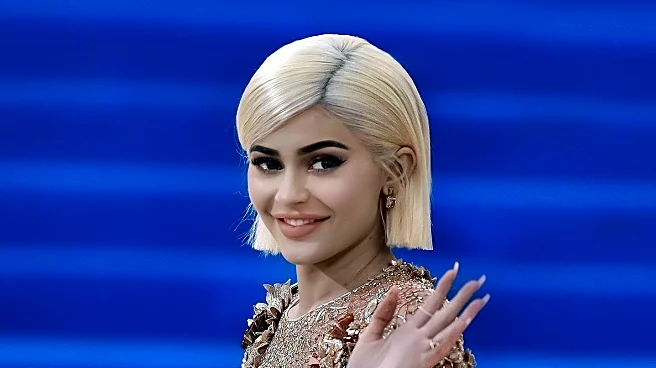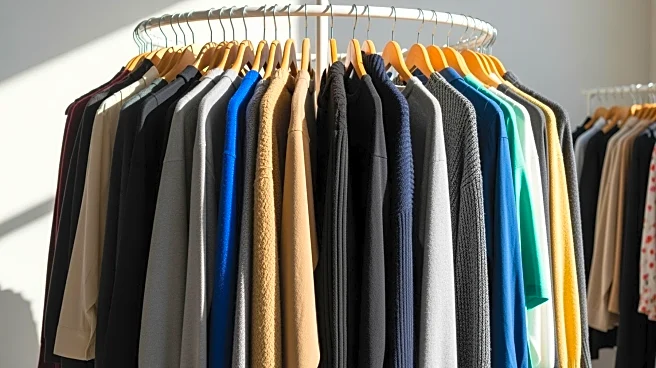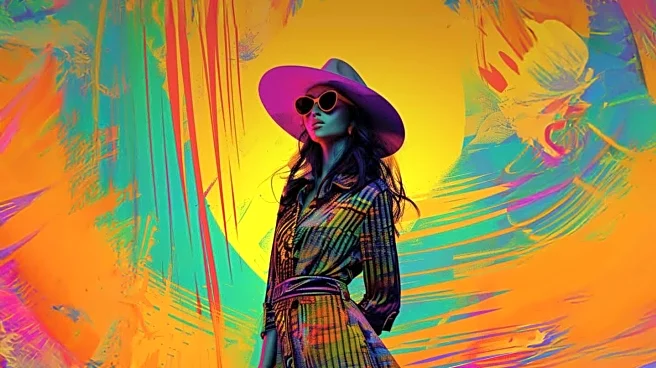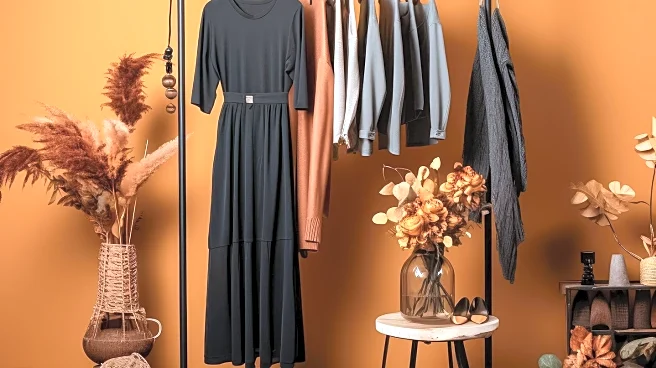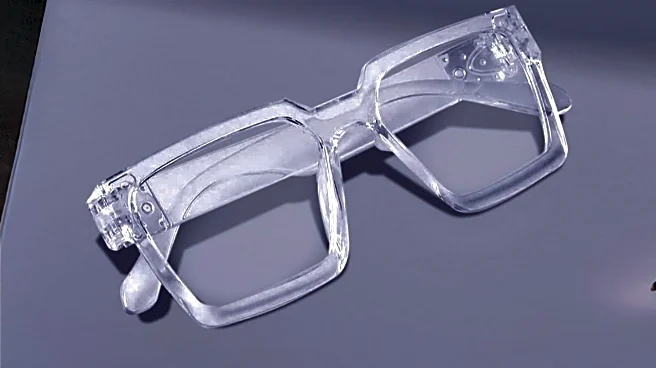What's Happening?
The fashion industry is facing criticism for its disconnect with how women dress in real life, as highlighted during recent fashion shows. Spectacle was prominent on the runway, with designs like Alaïa’s
armless 'straitjacket' dress and Margiela’s metal mouthpieces sparking debate. Critics question whether designers understand or care about women's everyday fashion needs. Diana Pearl and Cat Chen from The Business of Fashion discuss the backlash, noting that many runway moments felt disrespectful to women. The lack of body diversity and the dominance of male designers contribute to perceptions of sexism in fashion.
Why It's Important?
This criticism is important as it highlights ongoing issues within the fashion industry regarding representation and inclusivity. The disconnect between runway spectacle and real-world wearability suggests a need for designers to better understand and cater to women's fashion needs. The lack of body diversity on runways exacerbates the issue, as it fails to represent the diversity of women's bodies. This criticism could drive changes in the industry, encouraging designers to create more inclusive and wearable collections that resonate with consumers.
What's Next?
The fashion industry may see increased pressure to address these criticisms by incorporating more body diversity and focusing on wearability in their collections. Designers might need to balance showmanship with practicality to appeal to consumers. Smaller, women-led brands could gain prominence by staying close to their customers and prioritizing inclusivity. The industry might also explore new business models that align with consumer demands for more relatable and accessible fashion.
Beyond the Headlines
The criticism of the fashion industry could lead to broader cultural shifts, encouraging more inclusive representation in media and advertising. As designers respond to these challenges, there may be a push towards sustainable fashion practices that prioritize consumer needs and ethical production. The debate also raises questions about the role of gender in fashion design, potentially inspiring more women to take leadership roles in the industry.
